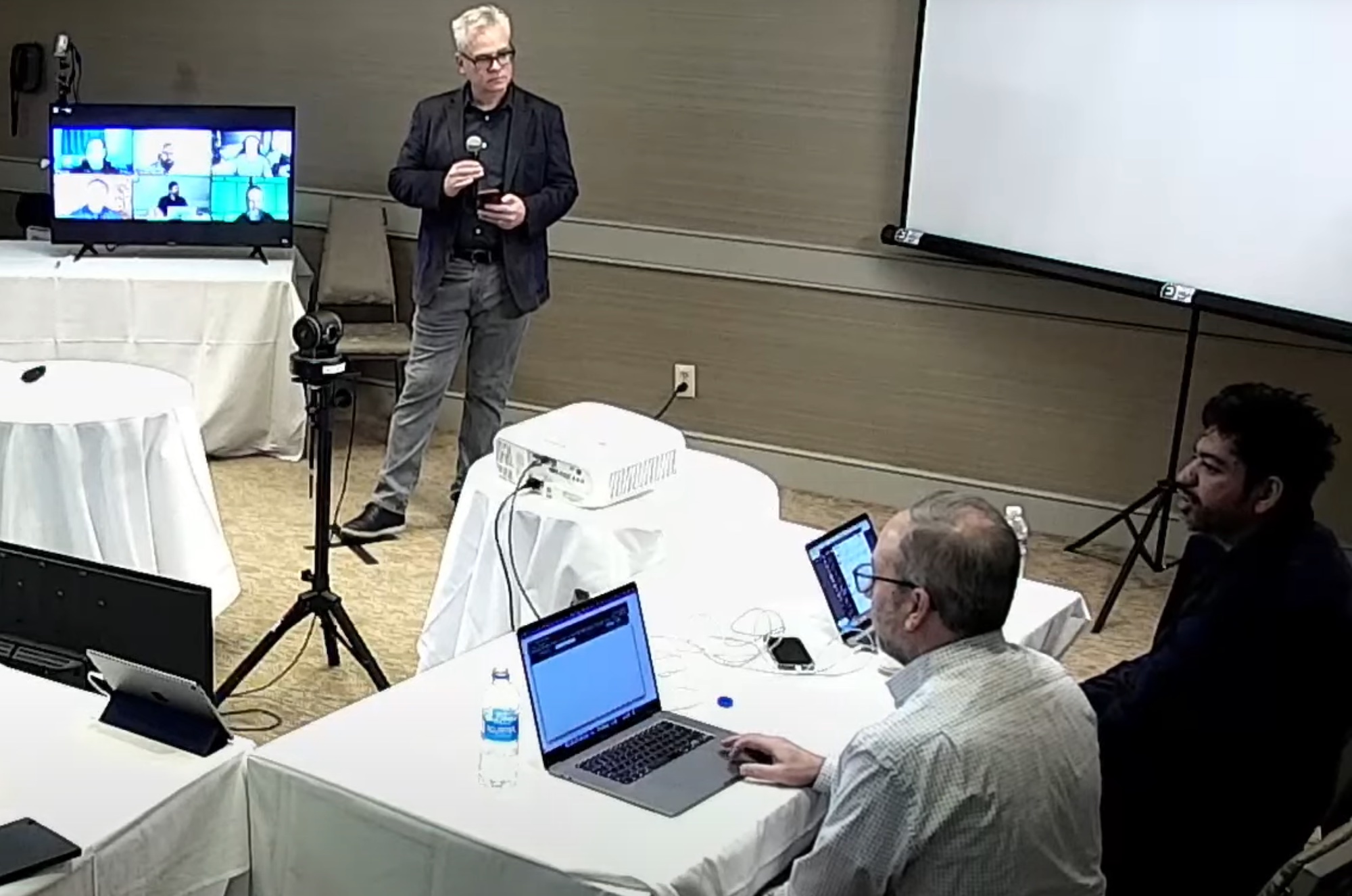Let’s face it, as a developer event, Apple’s WWDC doesn’t have a ton of announcements that are relevant for IT practitioners. Heck, it’s doesn’t have much that’s immediately useful for consumers a lot of the time. For a smaller company, a developer conference is a way to engage with their community, get information out there about new APIs, features, and deprecated code.
But because Apple is, well, Apple, there were a few announcements that may touch into the realm of IT.
Do Not Disturb/Screentime Monitoring
Apple announced updates to it’s Do Not Disturb function on iOS and macOS. Before, this could be set for a simple evening window, ensuring you don’t get an email notification at 2am. But they’re providing a way to fine tune this. In iOS 12, DND can be set with a calendar appointment, ensuring you’re not getting notifications during a presentation or WebEx. It can also be set based on location, so you can geofence where you want notification to reach you. Definitely a good way to focus and add some productivity.
The Screentime monitoring in iOS 12 isn’t labeled as an IT function, but instead aimed to help individuals and parents see what’s taking up their time. Still, Apple is generating reports based on how many times you pick up your phone, time spent in individual apps, and other usage statistics. If nothing else, IT pros should be using this to make sure they’re spending all day in time sucking apps. But given that Apple is setting up that reporting, I wouldn’t be surprised to see Apple device management companies leveraging this for reporting to IT.
Health Records API
Apple opened it’s Health Records API to devs, meaning we’re going to see an influx of applications pushing and pulling information into healthcare infrastructure. Apple is making a play to become the consumer face of connected healthcare. This will require many organizations to make sure their infrastructure can handle this boom. It seems like compliance won’t be a total nightmare. Apple is encrypting this information end to end and doesn’t serve as a middle man, the API directly connects healthcare apps to patients.
Group FaceTime
All teleconferencing is bad, some are just more bad than others. Group FaceTime allows up to 32 people to connect on a single call, and for Apple shops, might disrupt a lot of traditional teleconferencing solutions. It’s not perfect, I didn’t see any way to share slides. But for remote standup meetings and the like, it might work for a lot of organizations. It basically looks like a version of Google Hangouts that will actually stay supported and work well on mobile. It has a weird sheen of Apple goofiness to it, but might be simple and stable enough to make it preferential to the hellscape that it Skype for Business.
ARKit 2
To date, Apple’s use of AR has been for entertainment purposes. But ARKit 2 is adding some significant features that might eventually make their way into productivity and IT use cases. The most significant is the ability to “share” a consistent AR experience across 4 devices. That capability will only mature with time, and has the potential to become the new PowerPoint. There’s also the USDZ AR file format that Adobe has pledged to support, as well as a WYSIWYG editor for developers. All of this signals a rapidly maturing landscape. We’re probably still a few years from seeing this in IT, but ARKit 2 lays a lot of the groundwork.
Core ML 2 and Create ML
Apple announced some interesting updates to their Machine Learning capabilities. The less interesting is Core ML 2, an update for their on-device iOS machine learning models. It uses batch prediction to increase model speeds by 30%, and some fancy math to reduce overall model size significantly. But Create ML is really interesting. It’s a GPU-accelerated toolset for ML training on Macs. It’s written in Swift, and can be utilized by Xcode Playgrounds with drag and drop functionality. This could provide a very user-friendly way for smaller organizations to dip their toes into ML without either a huge capital or training expense.
Most of these IT use cases will be niche. Since killing off its Xserve line, Apple really hasn’t had any interest outside of appealing to consumers. But there are enough SMBs out there that either mix in Macs or are Apple exclusive that these announcements could have some impact.




